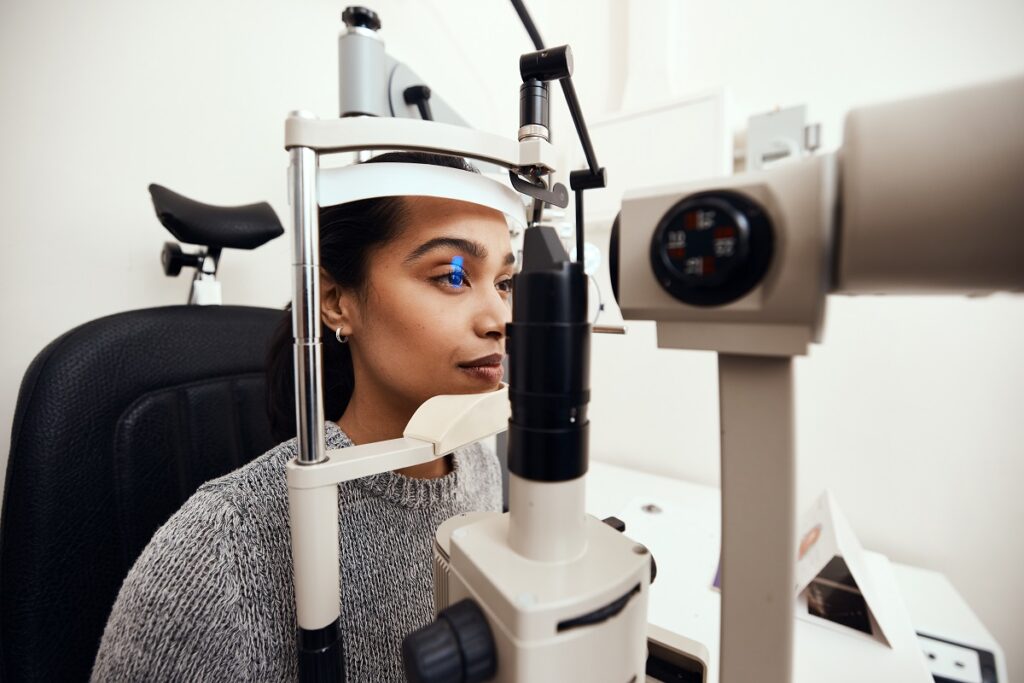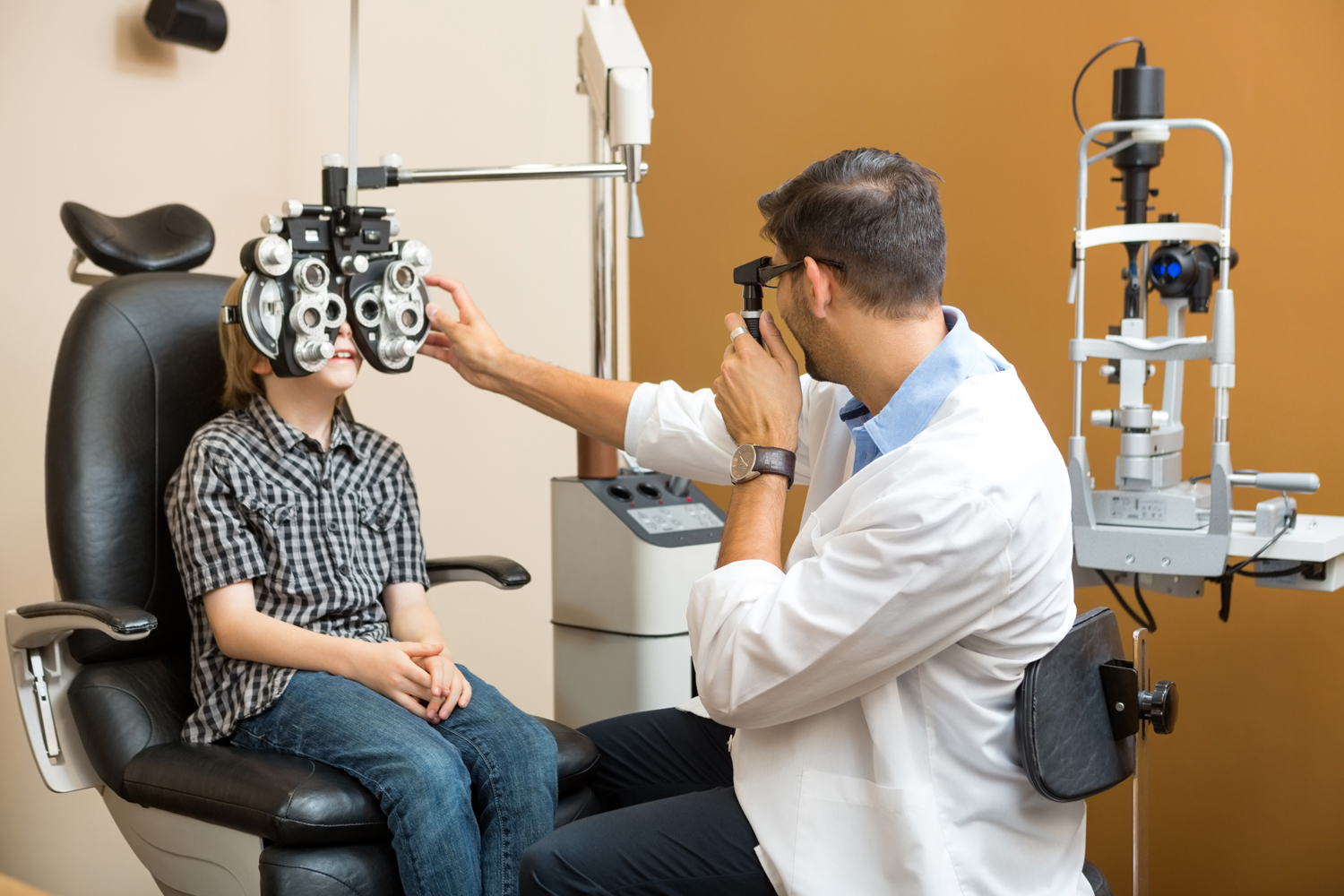Experience Personalized Treatment with Opticore Optometry in Chino
Experience Personalized Treatment with Opticore Optometry in Chino
Blog Article
Exploring the most up to date Technical Advancements in Optometry and What They Mean for Optometrists
In the ever-evolving field of optometry, recent technical advancements are improving how professionals come close to eye care. From the precision of Optical Comprehensibility Tomography to the nuanced insights provided by AI-driven diagnostic devices, these technologies are setting brand-new requirements in patient evaluation and treatment. Teleoptometry is positioned to redefine ease of access, making certain that knowledge goes beyond geographical constraints. As these improvements permeate the method, optometrists are confronted with the obstacle of accepting these tools to improve patient outcomes. The question remains: exactly how will these technical changes redefine the functions and duties within the profession?
Technologies in Diagnostic Tools
Progressing the area of optometry, advancements in diagnostic devices have transformed the way eye treatment experts assess and identify aesthetic disabilities and eye conditions. The past decade has actually seen significant technical improvements, enabling more extensive and precise analyses. Optical Coherence Tomography (OCT), as an example, provides high-resolution cross-sectional pictures of the retina, enabling the very early detection of illness such as glaucoma and age-related macular degeneration. This non-invasive imaging method has actually come to be important in contemporary optometric practice.
One more trick technology is the intro of advanced corneal topography systems, which map the surface curvature of the cornea with accuracy. These tools are particularly valuable for suitable contact lenses and diagnosing corneal disorders. Additionally, digital retinal imaging has changed typical ophthalmoscopy, supplying thorough, panoramic sights of the retina that facilitate comprehensive aesthetic assessments.
The advancement of wavefront aberrometry has actually likewise been vital, allowing the evaluation of refractive mistakes with unequaled precision (Eye Doctor). This innovation helps in personalizing rehabilitative lenses and boosting medical results for refractive surgical treatments. Jointly, these analysis innovations empower optometrists to deliver premium individual treatment, making sure early treatment and customized treatment strategies, ultimately boosting visual health results
AI in Person Management
Structure on the foundation of advanced diagnostic tools, the consolidation of artificial intelligence (AI) in person administration represents a transformative leap for optometry. AI systems are increasingly employed to boost efficiency, precision, and customization in patient treatment.
In addition, AI-driven platforms help with structured client interactions and administrative procedures. Automated organizing, online assessments, and individualized follow-up plans not only improve client satisfaction but likewise optimize time administration for experts. These systems can triage patients based upon the seriousness of their conditions, guaranteeing that those in important need receive punctual attention.
In addition, AI improves decision-making by supplying optometrists with evidence-based recommendations and treatment pathways. By integrating data from digital health documents, AI devices offer understandings that educate professional choices, lowering the danger of mistakes and improving patient end results. As AI continues to advance, its duty in person management will likely expand, improving the landscape of optometric care.
Developments in Retinal Imaging
In the realm of optometry, retinal imaging has actually observed impressive technological improvements that are enhancing analysis capacities and patient treatment. Developments such as Optical Comprehensibility Tomography (OCT) and fundus photography have actually transformed exactly how optometrists envision and assess the retina. OCT, specifically, provides high-resolution, cross-sectional photos of the retina, allowing for the detailed assessment of its layers. This capability is vital for very early detection and management of problems like glaucoma, diabetic person retinopathy, and age-related macular degeneration.
Enhanced imaging modalities like OCT angiography are more refining analysis precision. Eye Doctor Optometrist. Such improvements help with the recognition of minute retinal modifications that can signify condition development.
Moreover, improvements in synthetic intelligence are boosting retinal imaging by making it possible for automatic analysis of large datasets. These systems assist optometrists in determining patterns a sign of pathology, thereby improving analysis accuracy and effectiveness. Jointly, these advancements are changing retinal imaging into a keystone of modern-day eye treatment, improving outcomes and broadening therapeutic opportunities.
Teleoptometry's Growing Duty
Teleoptometry is significantly coming to be an important element of eye care, driven by advancements in electronic interaction and diagnostic devices. This is particularly helpful in country and underserved areas where accessibility to specialized eye care is usually restricted.
The combination of expert system (AI) further boosts teleoptometry, enabling the evaluation of visual data and aiding in the detection of eye conditions such as glaucoma and diabetic retinopathy. AI-powered algorithms can rapidly translate intricate imaging information, supplying optometrists with useful insights that bolster scientific decision-making.
Additionally, teleoptometry supports connection of treatment with seamless combination with digital wellness records (EHRs), enabling eye doctors to preserve comprehensive patient backgrounds. This guarantees that patients obtain regular and tailored care also when seeking advice from with various specialists.
Despite these benefits, challenges stay, including guaranteeing information safety and taking care of individual expectations. Teleoptometry stands for a significant stride in the direction of even more accessible, reliable, and patient-centered eye care. Look At This As technology evolves, its function is poised to expand better.

Future Patterns in Eye Care
A myriad of innovative fads is established to reshape the future of eye care, driven by technical developments and the progressing demands of individuals. One significant fad is the integration of man-made intelligence (AI) in diagnostics, which assures to boost the accuracy and effectiveness of eye evaluations. AI algorithms can analyze substantial amounts of information from retinal pictures, potentially identifying problems like diabetic person retinopathy and glaucoma earlier than typical methods.
Additionally, individualized medication is gaining grip in optometry, with genetic testing informing personalized treatment strategies. This technique aims to optimize person results by customizing interventions this to specific hereditary accounts. Wearable innovation, such as smart contact lenses, is additionally on the perspective, providing real-time monitoring of intraocular stress or sugar degrees, thus giving continuous understandings into systemic and ocular wellness.
The adoption of enhanced reality (AR) and online truth (VIRTUAL REALITY) in training and client education is one more emerging fad. These technologies use immersive experiences that can enhance understanding and skills both for clients and optometrists. As these trends advance, optometrists must stay abreast of technical developments to supply innovative care, guaranteeing better patient results and complete satisfaction in the vibrant landscape of eye treatment.
Verdict

Collectively, these analysis improvements equip eye doctors to supply exceptional patient treatment, making certain early treatment and tailored therapy approaches, eventually improving aesthetic wellness end results.

As these innovations proceed to evolve, optometrists should adapt and incorporate them into practice, inevitably maximizing process efficiency and elevating the criterion of eye treatment delivered to people.
Report this page